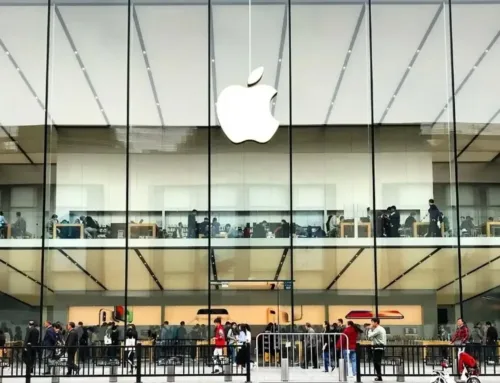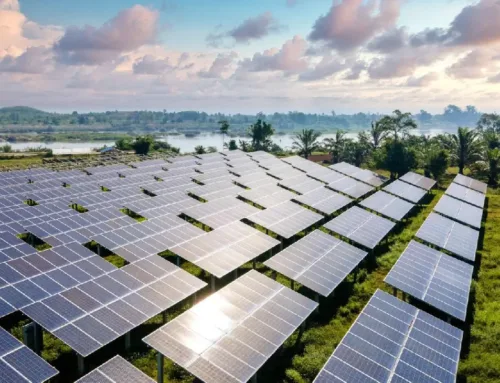
Adani Group’s Chairman Mr. Gautam Adani announced that the Adani Group will invest $20 billion in clean energy generation, component manufacturing, transmission, and distribution over the next ten years. This investment is comparable to Mukesh Ambani’s three-year $10 billion investment in green energy.
At JP Morgan India Investor Summit, Mr. Gautam Adani stated, “Over 75% of Adani’s capital expenditure until 2025 is in green technologies. The group is the world’s largest solar power producer if generating, under construction, and contracted projects are included.”
Adani’s investment ambitions follow closely behind competitor Ambani’s comparable green energy initiatives in Jamnagar, Gujarat, where he is establishing an integrated renewable energy ecosystem. Reliance Industries Ltd, his company, aims to build four “Giga Factories” to produce solar modules, hydrogen, fuel cells, and a battery infrastructure to store electricity.
Governments and investors are putting pressure on fossil-fuel-dependent corporations to reduce their carbon footprint to combat climate change.
Adani Petrochemicals Ltd, a subsidiary of Adani, has just declared its foray into the petrochemicals industry. Refineries, petrochemical complexes, and specialized chemicals units will be built in Gujarat, posing direct competition to Reliance Industries.
Adani Group also intends to triple its renewable energy generation capacity to 63% of its total portfolio over the next four years, up from 21% currently. By 2030, the company wants to use renewable energy to power all of its data centers, and by 2025, it wants to be carbon-neutral at all of its ports.
Mr. Gautam Adani stated, “Our renewables portfolio has reached our initial target of 25 gigawatts a full four years ahead of schedule. This puts us well on track to be the world’s largest renewable power generating company by 2030.”
Adani has 4,920 megawatts of operating renewable energy generation capacity and another 5,124 megawatts under construction.
The group’s objective to develop the world’s cheapest green energy echoes Ambani’s bold vision, which started on September 3 that India could make green hydrogen the most economical fuel choice within a decade by reducing its cost to $1 per kg. Green hydrogen, which is utilized as a fuel in industry and transportation, emits very little carbon.
Further, Mr. Adani added, “The group is now India’s largest private sector power producer, the largest private port operator, the largest private airport operator, the largest private consumer gas and electric utility business, the largest private electric transmission company, and the largest infrastructure developer in renewables. In just the last eight years, we have acquired over 50 assets amounting to about $12 billion.”
Adani said the company’s goals for airport-centric expansion include entertainment facilities, e-commerce and logistics capabilities, aviation-dependent sectors, and smart city developments, among other things.
According to Mr. Adani, India will have the world’s largest and youngest middle class in the next two decades and will be among the top four countries in terms of market capitalization. “We must take advantage of this leverage.”
Homegrown enterprises and multinational businesses that are truly committed to being and behaving locally, he said, will drive India.
“But, as if the pandemic were not enough, yet another challenge looms, and India will have to play a major balancing role. If the crisis in 2001 was the bursting of the dot-com bubble, and in 2007 the bursting of the housing bubble, and if in 2020 the crisis was the pandemic, we now have to collectively confront and manage the crisis of climate change,” he said.
Managing the climate catastrophe will need every country to come together and work together, possibly more than ever before.
Mr. Adani further stated, “Those criticizing the pace of climate reform must remember that the economic and industrial might of the West sits on a carpet of carbon soot several centuries deep. A hundred years ago, today’s climate reformers were burning over 800 million metric tonnes of coal–that is more coal than what India produces today.”
Click Here for more updates Ornatesolar.com



Leave A Comment